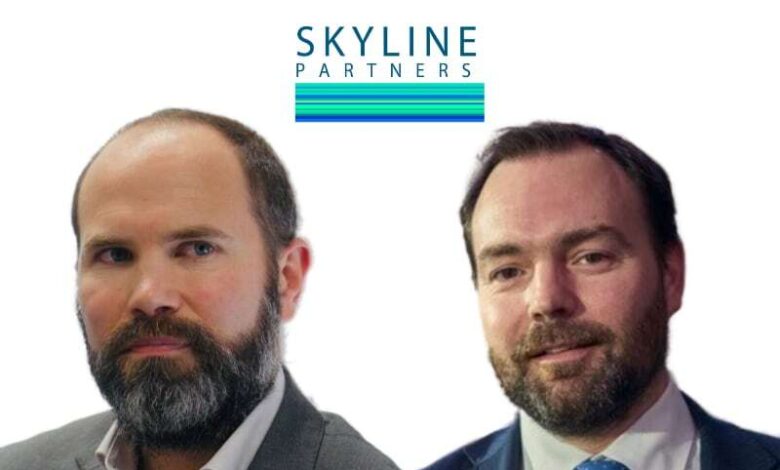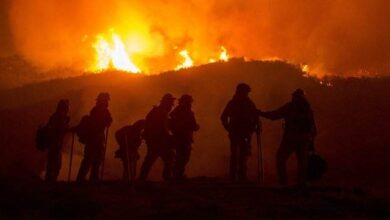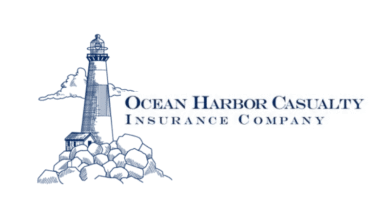Leveraging space technology to refine parametric wildfire and drought products: Skyline Partners

As wildfires and droughts intensify across the globe, the insurance industry is searching for ways to close the growing protection gap. With traditional insurance struggling to keep pace with the escalating frequency and severity of climate-driven disasters, parametric insurance is emerging as a powerful tool, but its effectiveness relies on accurate data.
The project, part of the ESA’s Business Applications and Space Solutions programme, aims to enhance the accuracy of parametric triggers, ensuring faster, more reliable payouts and making these products more accessible to insurers, businesses, and exposed communities.
In an interview with Artemis, Skyline Co-Founders Laurent Sabatié and Gethin Jones explained how satellite-based data can reduce uncertainty, lower basis risk, and ultimately expand the reach of parametric insurance beyond its traditional niche.
With wildfire seasons lengthening and droughts intensifying, entire industries, from agriculture to utilities, face increasing risks. The recent January wildfires in Los Angeles, California, clearly highlight how once-seasonal threats are now a year-round concern.
Speaking with Artemis, Jones explained that Skyline had identified wildfire and drought as key areas for parametric innovation long before recent disaster events.
“We engaged with the ESA on this about a year ago, before the LA wildfires. We recognised that wildfire seasons are getting longer, and areas that weren’t previously high-risk are now more susceptible. Meanwhile, drought isn’t just an agricultural problem. The direct losses are obvious, especially in agriculture. But it also impacts utility companies, hydroelectric power, and even river-based logistics. For wildfires, the damage to property is clear, but parametric insurance can also cover things like emergency response costs, supply chain disruption, and denial of access.”
These non-physical damage losses demonstrate how parametric insurance can have a significant advantage over traditional coverage.
However, for parametric insurance to be truly effective, the triggers need to be precise, which is where Skyline’s partnership with ESA can play a crucial role.
One of the biggest challenges with parametric insurance is basis risk, when a policyholder either receives a payout despite not suffering significant losses or experiences significant losses that are still insufficient to trigger a payout.
Sabatié emphasized how satellite technology is key to minimizing this issue.
“Lots of the emphasis on parametric design is on basis risk. So how can we be more precise on the use of appropriate data to settle claims that will be better correlated with the losses faced by the customers?” he explained.
“Wildfire is a great example of that, because ultimately, you want to know if an area has burned or not. The best way to determine that is through satellite imagery, tracking fire hotspots, temperature anomalies, and burn scars in real-time.”
Traditionally, insurers have relied on ground reports, weather models, and local fire agency assessments, which can ultimately be slow and inconsistent. In contrast, satellite-based parametric triggers offer high-resolution, monitoring of fire events, making them a natural fit for insurance applications.
“If you don’t use space data and you use something else, the basis risk will be very high. But using space data, you could argue that the basis risk is near zero. Then it’s only a question of estimating the loss, but the hazard footprint itself is perfect,” Sabatié said.
By working closely with ESA, Skyline is gaining access to a range of satellite assets and advanced climate monitoring technologies, allowing them to refine trigger designs and improve payout accuracy.
Sabatié added: “A big part of the work that Skyline is undertaking is how to choose the appropriate data sets and the right trigger design. We needed to enhance our space capabilities by getting direct access to ESA’s expertise, skill set, and satellite data. It’s such a vast amount of information that you need experts to navigate it effectively.”
Jones also added that combining ESA’s space expertise with Skyline’s deep knowledge of parametric product structuring is what makes this project so impactful.
“This all comes to the core of what we’re trying to achieve,” he said. “It’s about making this technology usable and accessible, so that insurers and alternative capital providers can confidently engage with these risks.”
Furthermore, while the project predominantly focuses on wildfire and drought, Skyline sees opportunities to apply satellite-driven parametric solutions to a wider range of climate-related risks.
“Technology is core to much of what we do at Skyline. We’ve already got active solutions for hurricanes, earthquakes, and floods. The key is taking complex data and making it simple, so that insurers, brokers, and businesses can easily access, price, and trigger coverage,” Jones explained.
He emphasized that having ESA as a partner is a huge step forward.
“With this wildfire product, it’s absolutely amazing to have ESA jointly investing alongside Skyline. Having access to their expertise ensures that we’re using the best available data and technology to create effective parametric solutions.”
As parametric insurance continues to gain momentum, Sabatié and Jones believe that demystifying the product and making it easier to access is key to its broader adoption.
“Parametric is definitely getting a lot more attention than it did when we first started the business. People now understand, or at least have heard of parametric. But the market needs to grow, and that will only happen if we make it easier to write, place, and price these risks,” Jones said.
“It’s very much about making parametric insurance accessible and increasing everyone’s understanding. If we make it easy for markets, brokers, and consumers to access these products, more will become available, and that will drive growth.
“We want to be at the heart of that, the go-to within the parametric space in terms of product development and technology. We are the catalyst, working with data providers, both open-source and private, to design and create the best products available. That’s ultimately the goal,” Jones concluded.



